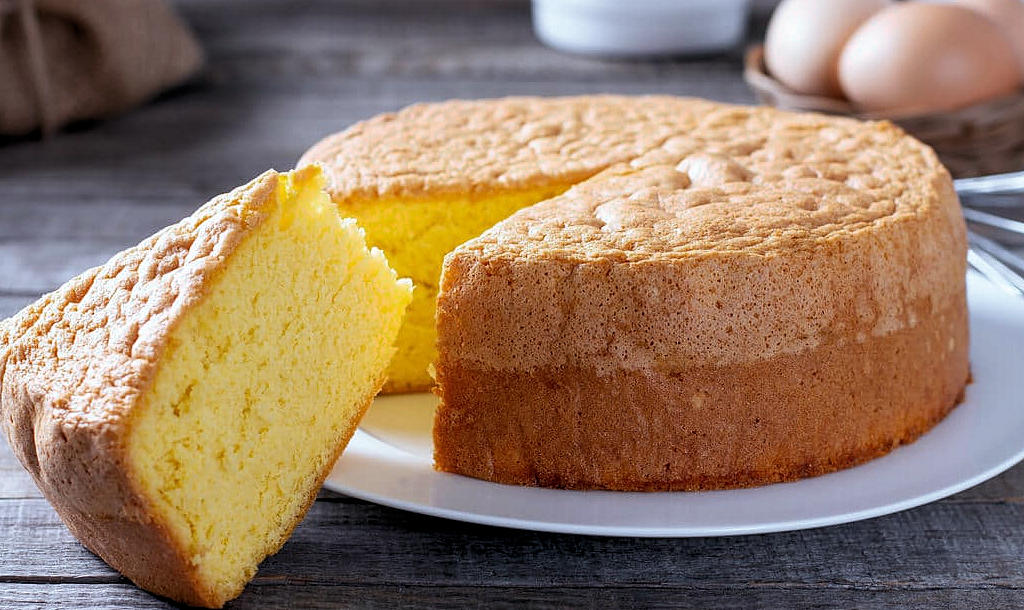The name Pão de Ló itself carries significance, with "pão" meaning bread and "ló" referring to wool. This name is a testament to the cake's characteristic texture, which is soft, airy, and reminiscent of the delicate touch of wool. Traditionally, Pão de Ló was baked in clay pots lined with paper, lending it a distinct shape and crust that further enhanced its allure. This delightful treat found its place of honor on the tables of religious festivals, joyous celebrations such as Easter and Christmas, and traditional weddings, where it added a touch of sweetness to the cherished moments of life.
Throughout Portugal, Pão de Ló takes on various regional variations, each with its own unique flavor profile and appearance. These variations are a testament to the diverse culinary landscape of the country, as well as the creativity and ingenuity of Portuguese bakers. Let us explore some of the most renowned regional variations of Pão de Ló:
Pão de Ló de Ovar: Hailing from the town of Ovar, this incarnation of the cake boasts a moist and creamy texture. Made with an abundance of egg yolks and a reduced amount of flour, it is baked in a wooden mold, resulting in a cake with a liquid center that gently oozes out when sliced. The richness of flavors in Pão de Ló de Ovar is truly an indulgence for the senses.
Pão de Ló de Margaride: Originating from Margaride, this version of the cake is characterized by its dry and crumbly texture. The recipe calls for more flour and fewer eggs, creating a cake with a golden crust that delicately cracks when sliced. Baked in a traditional metal mold, Pão de Ló de Margaride offers a delightful contrast of textures and a slightly different flavor experience.
Pão de Ló de Alfeizerão: Emerging from Alfeizerão, this rendition of Pão de Ló delights with its soft and fluffy consistency. Whipped egg whites and a touch of fragrant lemon zest elevate this cake to new heights. Baked in a clay pot, it develops a thin crust that peels off effortlessly, revealing the pillowy goodness within.
Lisbon.vip Recommends
Pão de Ló is not merely a dessert; it is a symbol of joy and celebration, bringing people together to savor life's sweet moments. From young to old, Pão de Ló captivates the hearts of all who encounter its delightful flavors. Whether enjoyed as a delectable treat at a local café, a cherished gift for a loved one, or a centerpiece of a festive gathering, Pão de Ló embodies the warmth, hospitality, and rich heritage of Portugal.
So, dear traveler, as you venture through the vibrant streets of Lisbon, allow yourself to be enchanted by the allure of Pão de Ló. Immerse yourself in the culinary traditions of Portugal, savoring every delicate crumb of this beloved cake. With each bite, you embark on a journey that transcends time, connecting you to the flavors, history, and cultural identity of this captivating nation.



